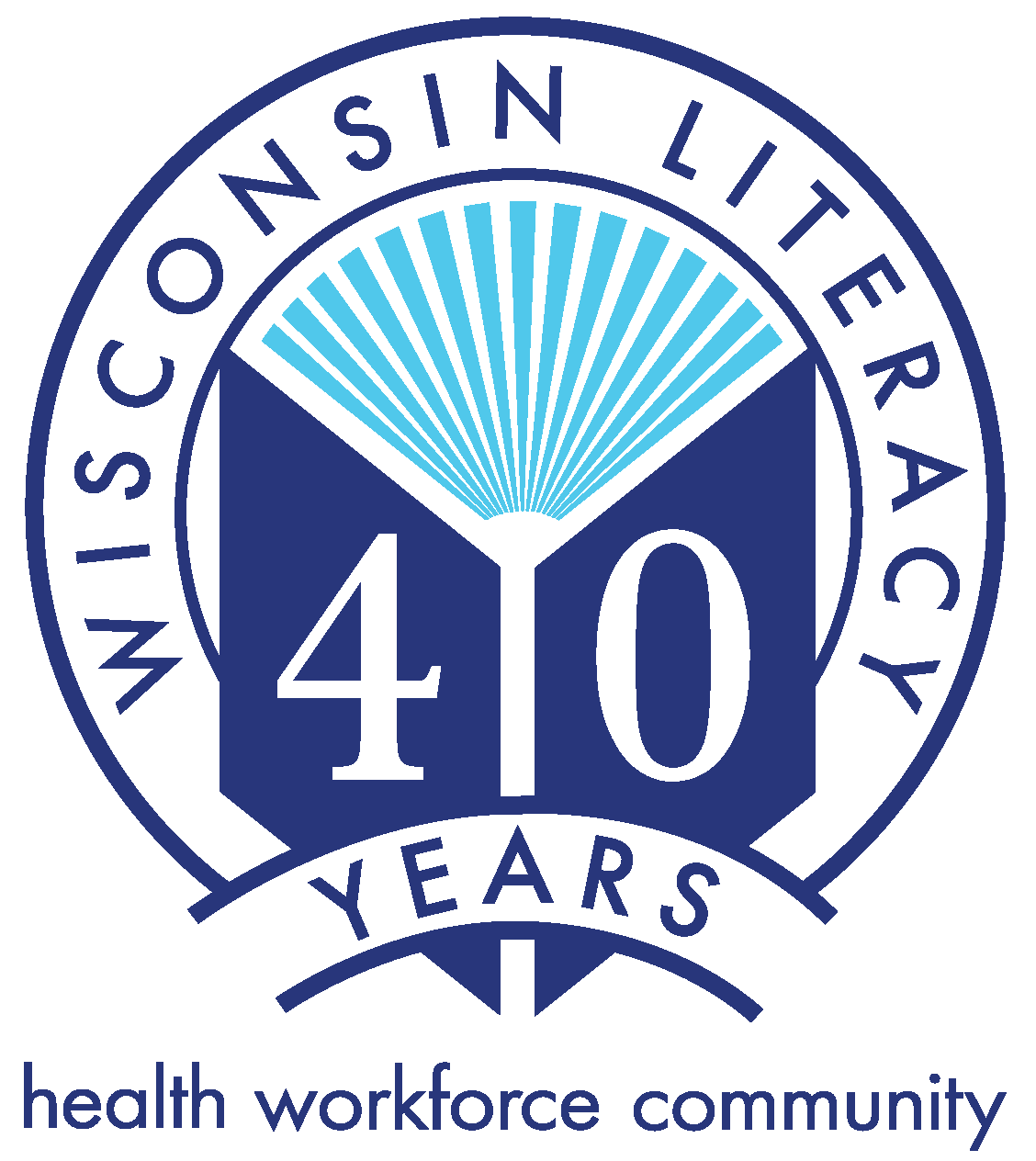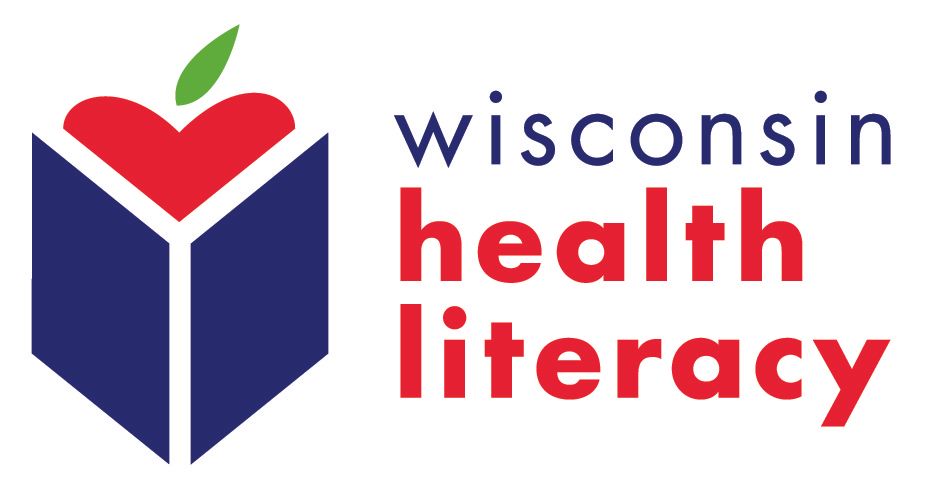Corrections
While state correctional facilities (prisons) provide basic education, GED/HSED and English language programming for inmates, many county jails do not. In some counties, literacy agencies work with their local jails to provide basic education and GED programs for inmates.
What does a jail program look like?
Every jail and every collaboration is unique. Some programs offer one-to-one tutoring, with volunteer or paid tutors. Others offer group classes with a paid instructor or supported individual and small group study. Some programs offer a combination.
Common programs are:
- GED/HSED*
- Basic education
- ELL
- Inmate peer tutoring
- Workforce literacy
- Family literacy
*Some local school districts provide HSED instruction for inmates 21 years and younger.
What challenges should we expect?
Learners may be here one day and gone the next. Inmates do not stay in county jails for long, and you usually will not know their release or transfer date.
Individual jail captains approve all programming, so staff transition can affect your program.
The jail needs to process and approve everyone who enters the facility. You must identify staff and volunteers who are consistent. For example, a volunteer who spends half the year in Florida is not be a good fit for a jail literacy program.
How do we get started?
If you are interested in offering programming at your local jail, contact the jail captain. The jail captain will need to approve all initiatives. The captain will also be able to tell you what the greatest needs are and if the technical college currently offers programming you may be able to support.
Resources:
For information on corrections education: https://www2.ed.gov/about/offices/list/ovae/pi/AdultEd/correctional-education.html
Resources from the "Tips and Lessons Learned from Successful Jail Literacy Programs" Panel:

